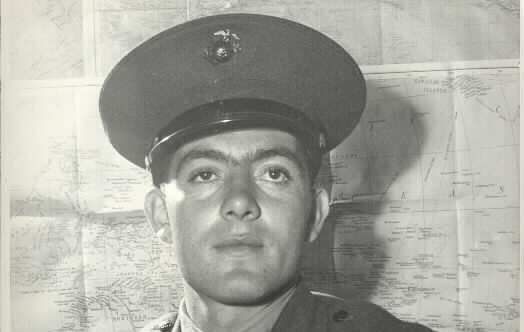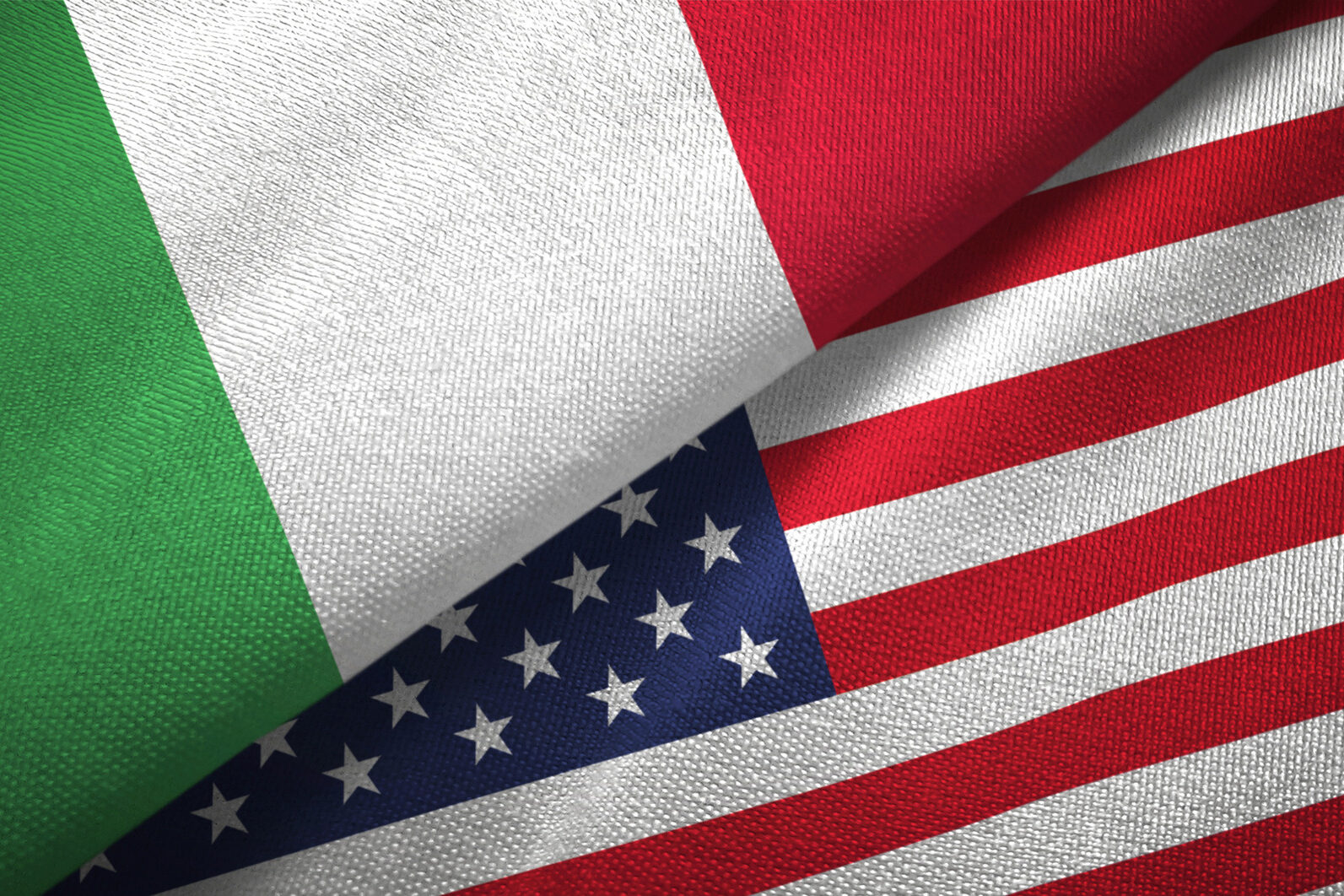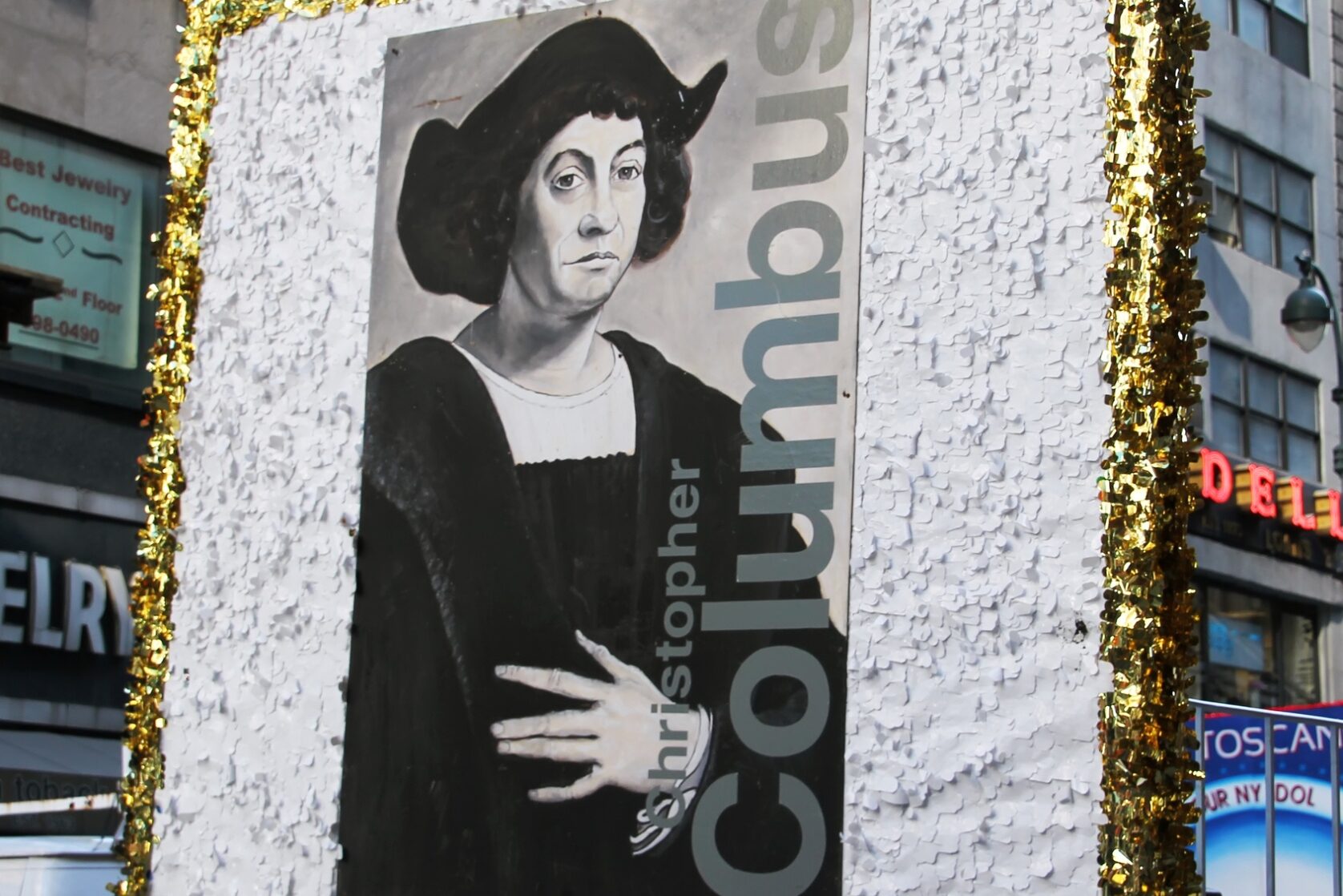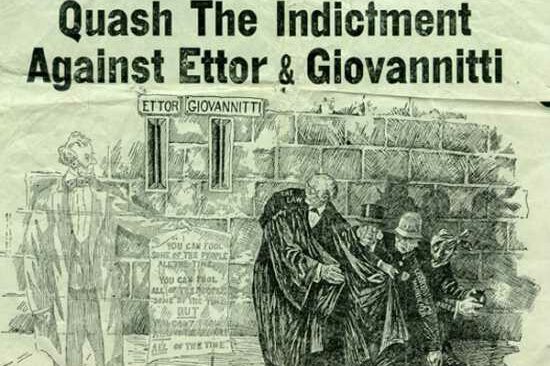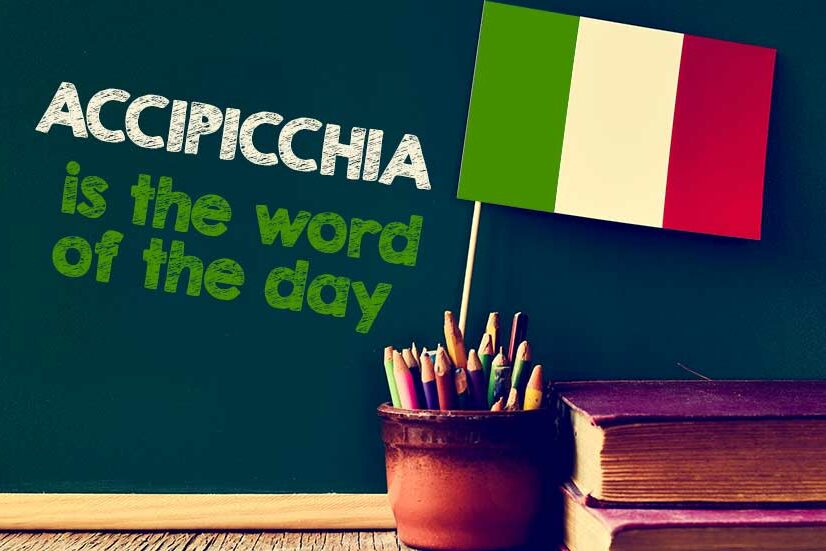Dear Readers,
Veteran’s Day, formerly Armistice Day, originally meant war’s end. On November 11, 1918, the Armistice Agreement was signed and fighting on all battlefields ceased at 11 a.m. The guns of World War I fell silent. After 4 long years, the “war to end all wars” was finally over. In 1919 President Woodrow Wilson proclaimed November 11 as Armistice Day to remind Americans of the tragedies of war.
A law adopted in 1938 made that day a federal holiday, and in 1954, Congress changed the name to “Veterans Day” to honor all United States veterans.
Sadly WWI, “the war to end all wars” didn’t and World War II and others followed. Many Italo-Americans who served were awarded the U.S. Congressional Medal of Honor or Purple Hearts.
***
Marine Sgt. John Basilone, after a long campaign by Sons of Italy, NIAF, UNICO National and other Italian-American organizations “finalmente” had his patriotic deeds recognized by the US Postal Department and a commemorative JohnBasilone stamp was released on Veterans Day, November 11, 2005.
Sgt. John Basilone was nicknamed “Manila” John by his men and he was there for them on Guadalcanal as he faced the fire of hundreds of enemies in order to bring them needed ammunition and to fix jammed machine guns. Where a comrade had fallen in battle, Basilone took up the man’s weapon and fired incessantly at the enemy. At dawn, the battlefield was strewn with the dead from both sides but the marines still held onto their position.
He was awarded the Medal of Honor for his feats (and General Douglas MacArthur called him “a one man army” because of, as the citation read, his “virtual annihilation of a Japanese regiment”. He received a hero’s welcome when he returned home and was assigned the task of selling war bonds. He was accepted into the Navy and found himself on Iwo Jima on February 19, 1945, where he again fearlessly led his men into battle.
There he fell mortally wounded from a mortar blast. His bloodied shirt was torn and this tattoo could be read, “Death before Dishonor”, Manila John”. The Navy Cross was given to the 27-year-old man posthumously and he became the only soldier in American history to receive his nation’s two highest military honors, the Congressional Medal of Honor and the Navy Cross.
***
Veteran’s Day reminds me that it was in Boston, Massachusetts that much of the early action that led to the Revolutionary War took place.
In the 17th century the North End was Boston (much of the rest of the peninsula was still under water). During most of this century the North End has been Italian Boston, full of Italian restaurants, groceries, bakeries, churches, social clubs, cafes, and festivals honoring saints and food.
Off Hanover Street, the North End’s main thoroughfare, is North Square and the Paul Revere House, the oldest house in Boston, built nearly a century before its illustrious tenant’s midnight ride. The restored rooms exemplify Colonial Boston dwellings.
Past North Square on Hanover Street is St. Stephen’s, the only one of Charles Bulfinch’s churches still standing in Boston. Nearby on Tileston Street you can still see the steeple of Christ Church, the Old North Church (193 Salem St.) where the two lanterns were hung as a signal to Paul Revere on the night of April 18, 1775 in the oldest church building in Boston.
Across the Charlestown Bridge, is the USS Constitution, nicknamed “Old Ironsides” for the strength of its oaken hull, not because of any iron plating. The oldest commissioned ship in the U.S. Navy, launched in 1797, it is moored at the Charlestown Navy Yard. During its service against the Barbary pirates and in the War of 1812, the ship never lost an engagement. Boston’s North End has a long legacy of Patriots and Veterans.
***
Colonial America History, as we Italian-American kids learned it in schools from “sea to shining sea” was devoid of any acknowledgment of contributions by Italo-Americans in colonial Virginia or in the original 13 colonies. This was okay with me, because it was an acknowledgment that Christopher Columbus discovered America in October, but by November, with talk of Pilgrims, pumpkin pie and turkey it seemed like only those people who came over in the Mayflower and theirdescendents ever contributed anything to our American way of life.
My faithful reader, the late Peter Sanmartino, once called my attention to a slim volume, now out of print, published by the Center for Migration Studies (209 Flagg Place, Staten Island, NY 10304) that would dispel that notion.
***
The “Italian Presence in Colonial Virginia” was a welcome book for those interested in the role of Italians in the United States before the Civil War. Dr. Glenn Weaver, Professor of History at Trinity College in Hartford, Connecticut, did a very credible job in delineating the presence of Italians in Virginia during the colonial period. Let us remember that Virginia was the most important of the colonies. Most people think that no Italians came to America before the migrant waves that began in 1880, but Giovanni Schiavo, father of research of Italians in the United States, stated that the percentage of Italians in Colonial America was probably 3% of 1,500,000, so approximately forty five thousand colonists with an Italian Connection!
It isn’t the role of the worker-immigrants that is important, it is also the role of pioneer leaders like Father Chino and Fra’ Marco da Nizza in the Southwest, Henry Tonti in the Mississippi Valley, Vigo in the north central states. Let us not forget the discoverers and the explorers before the colonial period. And then, the influence of Italians who never came to America, like Cesare Beccaria, but whose book Crime and Punishment was the basis for jurisprudence in the colonies. One would have to say that the United States could not have been what it is if it hadn’t been for the Italians.
In order to understand what happened during the colonial period, one must study how Italians went first to England and from there came to the colonies as did Philip Mazzei who was in many respects a Founding Father. He played a major role in the colony of Virginia. Italians fought in the Revolutionary War and three regiments under Rochambeau were composed mostly of Italians.
We find names that are Italian, other names that were Italian but have been altered. At the time and throughout the immigrant period, spelling was careless. Different people would spell a name in different ways more or less as it sounded to them. Paca became Packer, Taliaferro became Tolliver. Sometimes the immigrant himself simplified his name or it was Anglicized for him. Caboto became Cabot. Rossi became Ross. It he was among Frenchmen, the name became French:Priolo became Prioleau, Leneare became Lanier and to this day everybody thinks Lanier of French derivation. Clinton Vivion (or Vivian), a shareholder of the Virginia Company belonged to an English family of Italian extraction. Henry Fonda, father of Jane Fonda, was well aware of the Genoese origin of the Fonda family.
Among those who landed at Jamestown on January 2, 1608 was Edward Gargano listed as a gentleman and who helped organize one of the plantations. In 1610 another “gentleman” arrived, Albiano Lupo, who was an enterprising person and soon arranged to bring servants to the colony. He had a claim of 350 acres. John Polentine arrived in 1608 and eventually became a Burgess.
At one point, six Venetian glassblowers were brought over to set up glassworks but the enterprise did not succeed. The glassworks and the Virginia Company came to an end at about the same time. King James I appointed new commissioners to take over, among whom were two Englishmen of Italian extraction: Edward Pallavicino and Sir Julius Caesar.
It is interesting to note that the largest importer of Tobacco in all Europe was Philip Burlamachi. It may be that the slim, brittle “Toscani” cigars were developed because of the Virginia tobacco. Perhaps “polenta” developed because of a new type of corn from the new world. Weaver suggests that the prosciutto of the Italians in Virginia led to Smithfield ham.
The steady Italian stream began in 1635 and, from then on, they can be traced by land records.
Robert Taliaferro, originally Venetian but then English, arrived in Virginia in 1646 or so with considerable financial capital. He started a dynasty that was represented in many public endeavors including distinguished military duty.
When the Revolution developed, many of the Italian served both in the Virginia militia and in the Continental Army in addition to being part of the French forces.
So dear Readers, enjoy your turkey and the positive Italian connected contributions to early United States history, long swept under the rug are finally coming to light…
***
